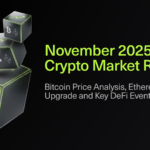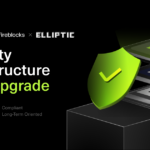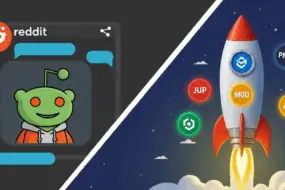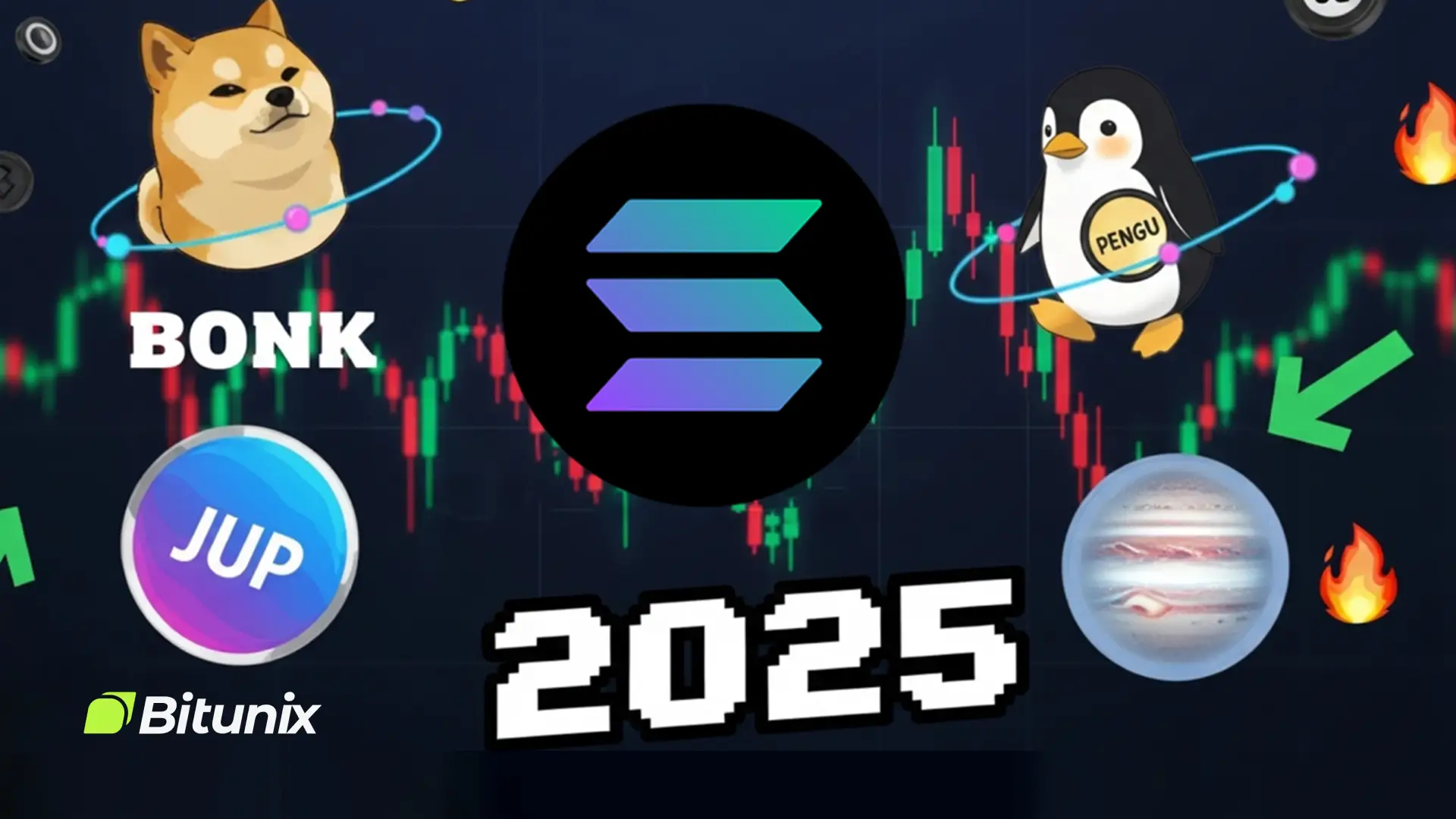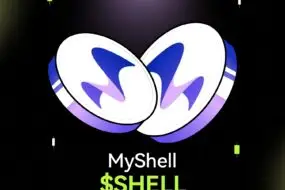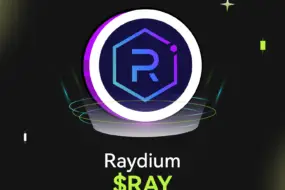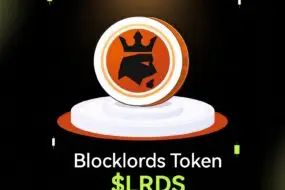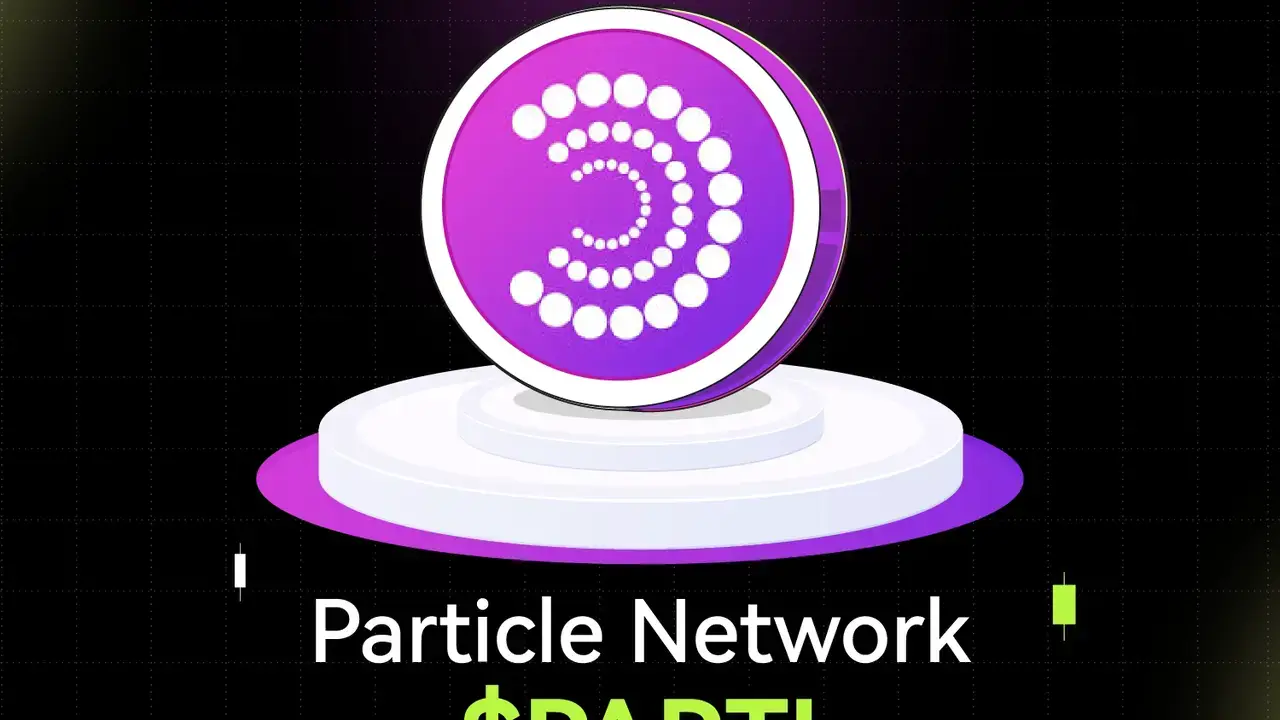
Particle Network is a decentralized access layer designed to streamline Web3 development. It addresses key challenges developers face, such as fragmented liquidity, complex user experiences, and limited access to essential infrastructure. By providing modular infrastructure, Particle Network aims to make Web3 more accessible and user-friendly.
As Web3 continues to expand across thousands of chains, one of the ecosystem’s greatest challenges is fragmentation of both users and liquidity. Particle Network is tackling this issue head-on through an innovative framework called chain abstraction, simplifying the user experience and unifying liquidity across chains.
With its flagship infrastructure, Universal Accounts, and the native token PARTI, Particle Network is establishing a seamless, chain-agnostic layer for decentralized applications (dApps), allowing users to transact effortlessly without the complexities of bridging, gas token management, or switching between wallets.
In this article we will take you through what Particle Network does and how the PARTI token powers the protocol.
What is Particle Network?
Particle Network’s mission is to eliminate the complexity and fragmentation plaguing the multi-chain Web3 ecosystem. Its core solution—Universal Accounts—provides users with a single, unified balance that can be used across all supported blockchains, without the need for bridging or managing different wallets.
This creates a frictionless, chain-agnostic user experience, enabling smoother interactions with dApps, DeFi protocols, NFT platforms, and more.
What Are The Key Features of Particle Network?
Particle Network offers several key features:
- Modular Smart Account: Modular Smart Accounts, powered by standards like ERC-7579, represent the next generation of programmable wallets on Web3. These accounts leverage modular contracts to enhance user onboarding and transaction management.
- MPC-TSS: It is a cutting-edge cryptographic key management solution designed for secure and decentralized operations.
- Intent Fusion Protocol: Intent-based architectures optimize blockchain transaction routing and execution by focusing on user intent rather than execution details. Intent-based systems streamline operations like cross-chain transactions or staking, saving time and resources. Users specify desired outcomes without navigating complex transaction mechanics, reducing frustration. Automating execution details mitigates risks associated with fraudulent activities and technical errors.
- Data Indexer: Data indexing is crucial for efficient data retrieval and analysis, especially in large-scale systems. Tools like LlamaIndex revolutionize indexing by integrating diverse datasets with advanced models. Solutions like LlamaIndex manage data from various formats (e.g., text, PDFs, websites), supporting versatile applications.
What is The Technology Behind Particle Network?
Universal Accounts: Traditionally, using apps across different blockchains requires separate wallets and multiple steps. But with Universal Accounts, users get one unified wallet that works across Ethereum, Bitcoin, Solana, and more—including both EVM and non-EVM chains.
These accounts are built using ERC-4337 smart contract wallets, known as smart accounts, which are more secure and customizable than regular wallets. What makes Universal Accounts even more powerful is that they work across multiple chains.
Say you want to mint an NFT on an Ethereum Layer 2 (L2) network, but your ETH is on Ethereum mainnet. Normally, you’d need to:
- Approve a bridge
- Move ETH to L2
- Approve the NFT mint contract
- Mint the NFT
With a Universal Account, you sign just one transaction and the system handles the rest for you.
Developer Tools: Particle is also building a Universal WaaS SDK, which makes it easy for app developers to plug in Universal Accounts. Apps using Particle’s earlier tools (like BTC Connect or Smart Wallet-as-a-Service) will also be able to upgrade to Universal Accounts.
Universal Liquidity: The chain allows users transact on any blockchain, even if their funds are on a different one. This is Particle Network’s solution for cross-chain liquidity. Users don’t need to manually bridge tokens or switch chains to complete a transaction.
Universal Liquidity does all the behind-the-scenes work automatically. To understand, let’s take an example: If a user wants to buy a token on Solana but only has ETH on Ethereum. With Universal Liquidity, they can just sign one transaction. Particle’s network will handle:
- Moving funds from Ethereum to Solana
- Swapping ETH for the token
- Completing the purchase
This is made possible by Bundler Nodes, which process and execute these “UserOperations” across chains.
Universal Gas: This allows users to pay gas fees in any supported token, on any supported chain. Gas fees are one of the most confusing parts of Web3. With Universal Gas, users don’t need to hold a specific token like ETH or SOL to pay for transactions. Instead, they can use whatever token they already have like USDC on Ethereum to pay for a transaction on Solana. Following is a demonstration of how universal gas works:
- User picks a token to cover the gas fee
- Particle’s Paymaster converts it into Particle’s native token (PARTI)
- The network finalizes the transaction
- Bundler Nodes are rewarded for processing it
Technology Stack: Particle is a modular Layer 1 blockchain built using the Cosmos SDK and CometBFT. Here’s a quick breakdown of what that means:
Cosmos SDK: Helps build custom blockchains that are scalable and secure.
CometBFT: Handles the consensus (agreement between nodes) and ensures transactions are finalized quickly and securely.
Berachain’s BeaconKit: Adds EVM compatibility, allowing Ethereum-based apps to run on Particle.
Particle Network Token Airdrop & Tokenomics Snapshot
The Particle Network has launched its highly anticipated PARTI token with a significant airdrop event that began on March 25, 2025. The PARTI airdrop commenced on March 25, 2025, at 12:00 UTC. A total of 90 million PARTI tokens, which is 9% of the total supply, is designated for the airdrop.
The tokenomics of the Particle Network’s native token, PARTI, have been officially detailed, providing insight into its structure and distribution. Here are the essential elements of PARTI’s tokenomics:
Total Supply: The total supply of PARTI tokens is fixed at 1 billion (1,000,000,000) tokens. This fixed supply aims to create scarcity and potentially increase the token’s value over time.
Airdrop Allocation: A significant portion of the total supply, specifically 9% (90 million tokens), is allocated for airdrops. This allocation reflects Particle Network’s commitment to community engagement and rewarding early supporters.
Initial Circulating Supply: At launch, the initial circulating supply will be 233 million PARTI tokens. This figure is crucial as it influences the token’s market dynamics and liquidity upon release.
Distribution Strategy: Particle Network employs a multi-faceted approach to distribute PARTI tokens:
| Distribution Method | Details | Significance |
| Binance Wallet IDO | PARTI will launch via an Initial DEX Offering (IDO) on Binance Wallet. | Provides early access to the token for Binance Wallet users. |
| Binance Exchange Airdrop | Additional airdrops are planned for active users of the Binance Exchange. | Rewards active users and widens distribution. |
| BNB Holders Airdrop | Airdrops will also be distributed to holders of BNB (Binance Coin). | Incentivizes BNB holders and expands token accessibility. |
What Are The Functions of PARTI Token?
The PARTI token serves several critical functions within the Particle Network ecosystem:
Gas Settlement: PARTI is used to settle gas fees for transactions executed through Universal Accounts, regardless of the token used for payment. This ensures consistent demand for PARTI.
Universal Gas Payment: Users can pay gas fees across multiple chains using PARTI, eliminating the need to hold various native tokens for different blockchains.
Cross-Chain Operations: As a settlement layer, PARTI facilitates seamless cross-chain transactions and supports the functionality of Universal Accounts, enabling a unified user experience across all chains.
Automatic Conversion Mechanism: Transaction fees are partially routed and converted to PARTI for settlement, maintaining circulation and demand even if users do not directly interact with the token
PARTI Token Price and Market Performance
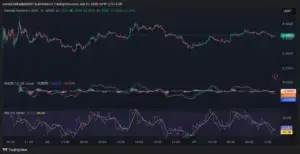
Source: TradingView
PARTI, is experiencing notable market activity and is trading at $0.3607 as of today. The price has been fluctuating within the range of $0.35 to $0.40, indicating consolidation after a previous upward movement.
At the time of writing the MACD is close to zero indicating a neutral sentiment towards PARTI token. The RSI stands at 39.26, below the neutral level of 50. This indicates a slight bearish momentum. Analysts suggest that the token could have a break out at previous highs if the trading activity continues to remain strong.
PARTI token has found support at $0.35 and resistance at $0.40. According to analysts, short-term traders may find opportunities in range-bound trading between $0.35 and $0.40, while long-term investors should monitor broader market trends and ecosystem developments for clearer direction.
How to Buy/ Sell $PARTI Tokens on Bitunix?
To buy $PARTI, you need to create an account on Bitunix. If you are already a registered user, you can skip this step.
Next, you need to deposit USDT in your Bitunix account. Simply head to your profile and click on the wallet icon. Next, click on deposit and follow the steps to deposit crypto in your account.
To trade in PARTI/USDT, navigate to the main menu and click on the Markets tab and select ‘Marketplace’.
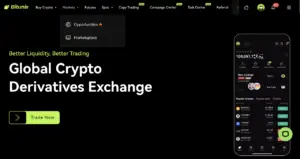
Next, click on the search icon and look for PARTI.
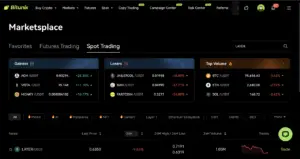
Next, click on Trade to open the trading window for PARTI/USDT.
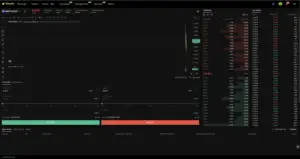
You can choose to place a limit or a market order for buying and selling PARTI tokens.
How To Trade in PARTI Token Future Contracts?
To trade in PARTI token futures, simply head over to the markets tab on the main navigation menu and choose futures trading.
Next, look for PARTI and click on Trade to open the PARTI/USDT trading window.
To place a long or short futures order, make sure that your account is adequately funded.
Wrapping Up
To sum up, Particle Network aims to simplify the use of Web3 technology by creating a more seamless experience across different blockchains. The network wants to make Web3 as user-friendly as everyday internet browsing, potentially opening the door for wider adoption and easier access to decentralized applications and digital finance for everyone.
With a solid infrastructure and contenders like Near protocol, Particle may just change the ways of blockchain abstraction for a wider crypto trading community.


